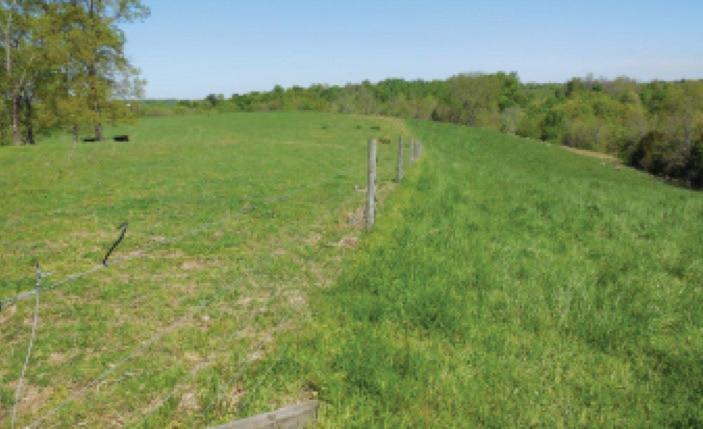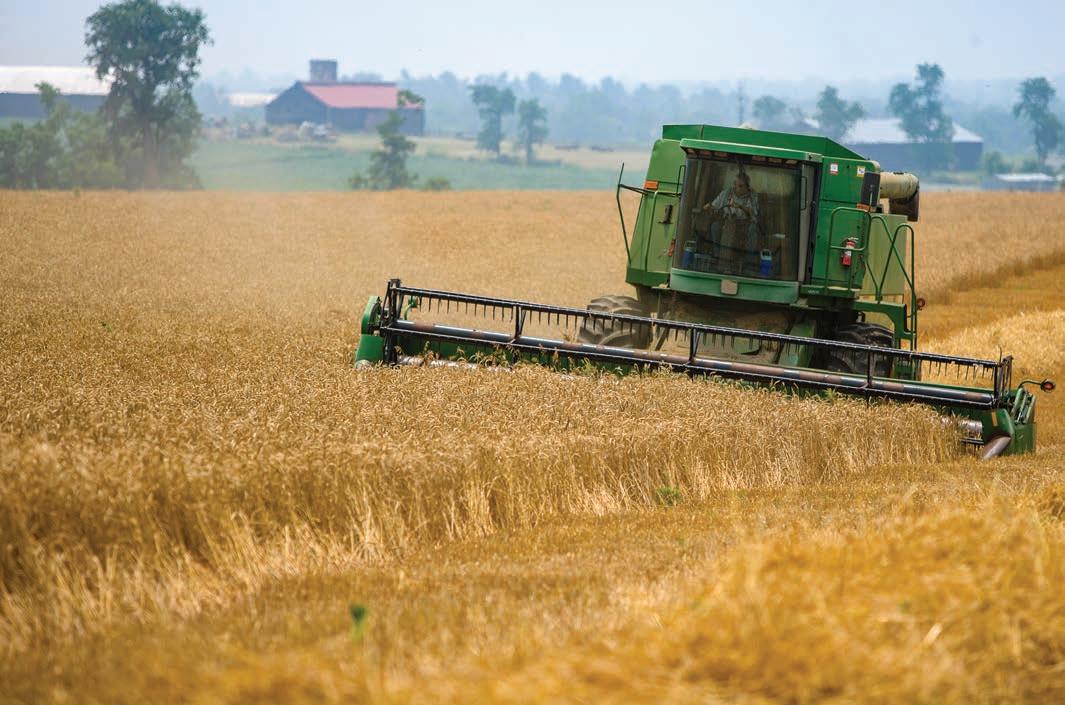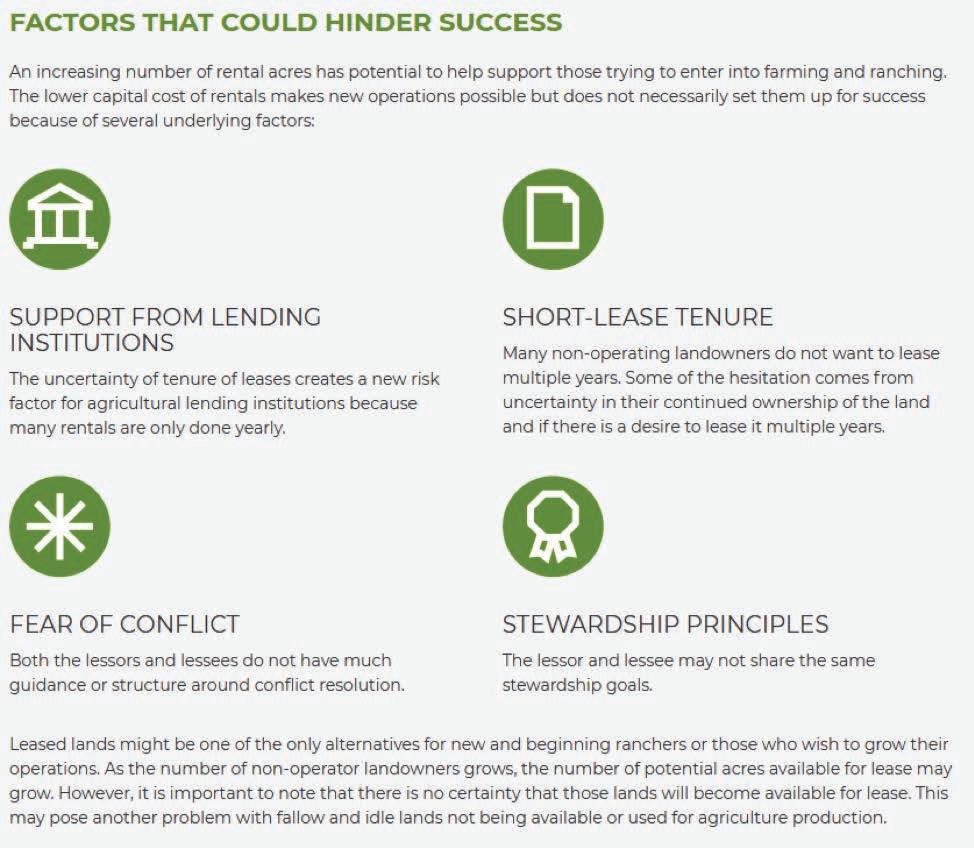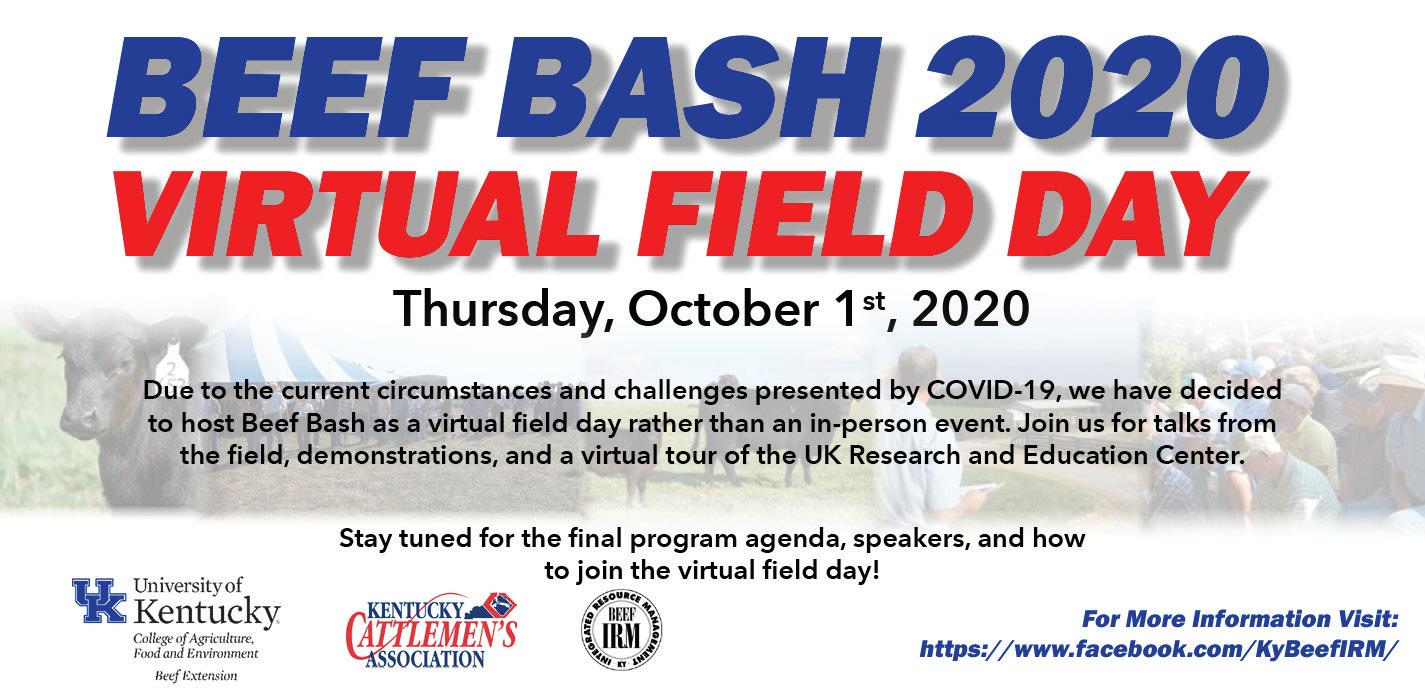
7 minute read
Darrh Bullock: What Is a Selection Index and How Can I Use It?
FEATURE WHAT IS A SELECTION INDEX AND HOW CAN I USE IT?
DARRH BULLOCK
University of Kentucky
Most beef producers are now very familiar with Expected Progeny Differences (EPD) and have become comfortable with using them to make selection decisions. I did a quick count of some of the major beef breeds and I was able to identify30 different EPD across those breeds. With that many choices how can beef farmers be expected to make sense of all that information to choose their bulls? The good news is that you shouldn’t use all the information, just focus on the traits that are important to your operation or that give you a marketing advantage. One tool that can help some beef producers are selection indexes that many breeds provide. Many breed associations have developed selection indexes and they can usually be found with the EPD; they usually are identified with a dollar sign ($) or hav e “Index” in their title. Selection indexes use a combination of several traits to give one value to make selection decisions. These indexes are targeted to specifi c marketing opportunities and must make some management assumptions. For example, the American Hereford Association’s Baldy Maternal Index (BMI$) assumes that the Hereford bull will be bred to predominantly Angus cows, replacements will be retained, and the non-replacements will be marketed after finished to take advantage of the Certifi ed Hereford Beef program. The traits that are used in the index include Sustained Cow Fertility, Weaning Weight, Mature Cow Weight, Milk, Dry Matter Intake, Carcass Weight, Marbling and Rib-eye Area. For producers that believethisindexfitstheirmanagement and marketing goals can use the BMI$ value in combination with the Calving Ease Direct EPD they feel is necessary for their herd to select their bull. So instead of analyzing 9 traits to make the selection decision this has been reduced to 2 values and it has weighted the value of each trait for its economic importance. Of course, other factors, such as visual appraisal, must be considered before making thefinaldecision. Another benefit of selection indexes, besides the ease of use, is that the comparisons are based on the value of the calves produced by one bull compared to another. In other words, if Bull A has a Terminal Index value of +25 and Bull B has a Terminal Index value of +35, Bull B’s calves would have an increased value of $10 per head compared to calves produced by Bull A. This assumes that the management scenario used in the index is similar to your management and the calves are marketed in the described manner for a similar price to the market price used to develop the selection index. However, research has shown that even if the price assumptions in the index are not precise, bulls still rank very similarly, it primarily impactsthemagnitudeofthedifference. A properly developed selection index considers traits that provide a revenue stream for that specifi c scenario, but they also account for traits that incur costs to the operation. For instance, increasing marbling has a financial benefit for producers selling carcasses, so the bulls with higher Marbling EPD have increased selection index values in indexes that assume marketing on the rail. In this same index, a trait such as dry matter intake would work in the opposite direction; bulls whose calves eat more would incur higher feed cost and therefore higher DMI EPD would result in lower index values. Some traits have both a benefi t and a cost and therefore must be balanced. A classic example is milking ability when replacement heifers will be retained. If a bull’s daughters milk more then their calves have more weaning weight and therefore more income, however, those daughters will also consume more in order to support their higher milk production which results in increased cost. A well-designed selection index takes all these factors into account. Selection indexes were developed to provide commercial beef producers with a convenient tool to make selection decisions. When used correctly, they do exactly that; they are an easy to use means of making selection decisions based on dollars. However, the key is to use them correctly and to do that you have to do your homework. Prior to relying on selection indexes, you need to thoroughly study them and find out what traits are included and some of the basic assumptions that are being made. Many breed associations publish this information, but if not, inquire to find the necessary data. Next, determine if the traits included are the same traits that have an economic impact on your herd and that the marketing objectives meet yours. If so, then the index can provide you with an excellent selection option. The marketing objective of a selection index should always be close to yours. In other words, if you are keeping replacement females and marketing feeder calves then a “Terminal Index” that assumes retained ownership and carcasses marketed on a high-quality grid would not be appropriate. This type of index typically does not place any emphasis on maternal traits, which are important when keeping replacements, and places emphasis on carcass traits which have no financial benefit for someone marketing calves at the stockyard at weaning. Most breeds have several selection indexes to choose from, so do your homework and fi nd the one that closest represents your operation. Single trait selection of your bulls in never agoodideabuttryingtofi nd abull that excels in every trait is not feasible either. The best method is to set goals for your operation, including how you will market the calves and if you will keep replacements, then determine what traits have an economic impact on your objectives. These are the traits you should focus on when making your bull choice and if EPD are available for those traits then that is your best tool for selection. If you are fortunate and the breed provides a selection index that meets your needs, then this can simplify the process and provide a more economically precise selection tool than you can devise on your own. Good luck and happy bull buying!
SPRING-CALVING COW HERD
Fescue pastures don’t generally produce much this month. If you are lucky and had some rain with this heat, you may have some forage going into the usually dry months. Keep rotating pastures to permit calves to continue gaining weight. Keep minerals available at all times. Bulls should have been removed from the cow herd by now! At the very latest, pull them by September 1. They should be pastured away from the cow herd with a good fence and allowed to regain lost weight and condition. It is a good time to evaluate physical condition, especially feet and legs. Bulls can be given medical attention and still have plenty of time to recover, e.g., corns, abscesses, split hooves, etc. Repair and improve corrals for fall working and weaning. Consider having an area to wean calves and retain ownership for postweaning feeding rather than selling “green”, lightweight calves. Plan to participate in CPH-45 feeder CALF SALES IN YOUR AREA.
FALL-CALVING HERD
Dry cows should be moved to better pastures as calving time approaches. Cows should start calving next month. Yearling heifers may begin “headstart” calving later this month. Plan to move cows to stockpiled fescue for the breeding season, so it will soon be time to apply nitrogen fertilizer. Prepare for the fall-calving season (usually September). Get ready, be sure you have the following: record book, ear tags for identification, calf puller, castration equipment
GENERAL
Provide shade and water! Cattle will need shade during the hot part of the day. Check water supply frequently – as much as 20 gallons may be required by high producing cows in very hot weather. Select pastures for stockpiling. Remove cattle and apply nitrogen when moisture conditions are favorable. Stockpiled fescue can be especially beneficial for fall-calving cows after calving. Reproductive rates are highest in fall-calving cows grazing stockpiled fescue. Avoid working cattle when temperatures are extremely high – especially those grazing highendophyte fescue. If cattle must be handled, do so in the early morning. Do not give up on fly control in late summer, especially if fly numbers are greater than about 50 flies per animal. You can use a different “type” of spray or pour-on to kill any resistant flies at the end of fly season. Keep a good mineral mix available at all times. The UK Beef IRM Basic Cow-Calf mineral is a good choice. Cattle may also be more prone to eat poisonous plants during periods of extreme temperature stress. They will stay in “wooded” areas and browse on plants that they would not normally consume. Consider putting a roll of hay in these areas and/or spraying plants like purple (perilla) mint that can be toxic. Take soil samples to determine pasture fertility needs. Fertilize as needed, this fall.










